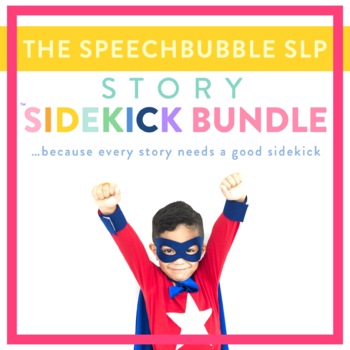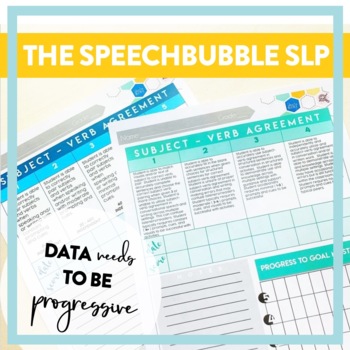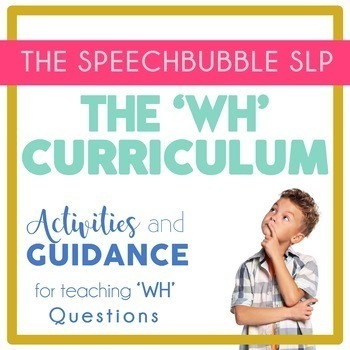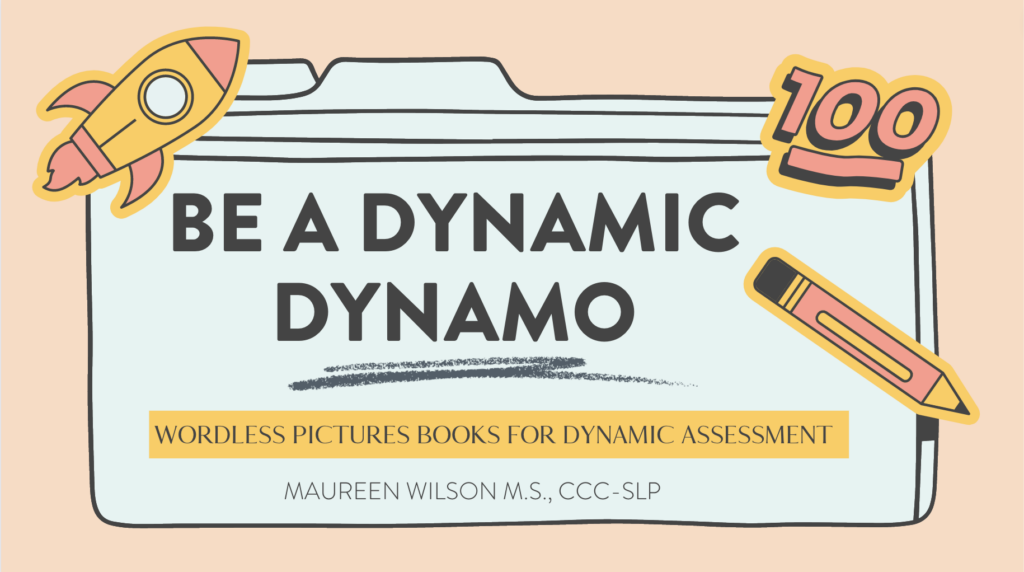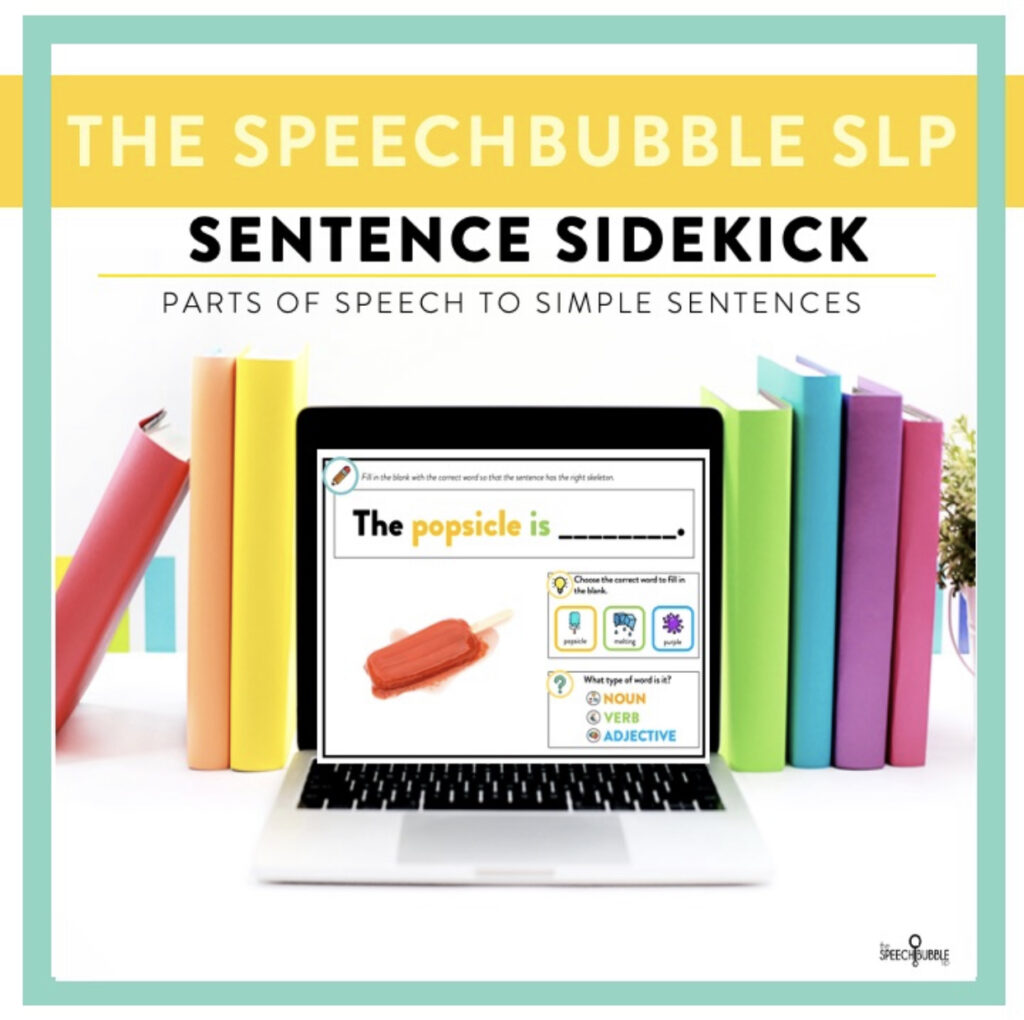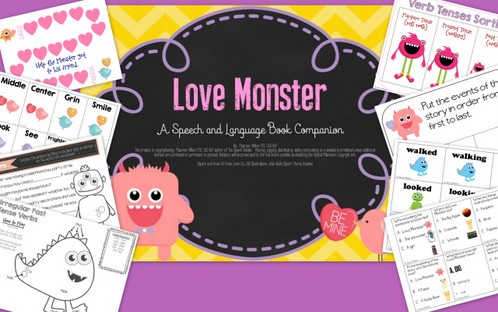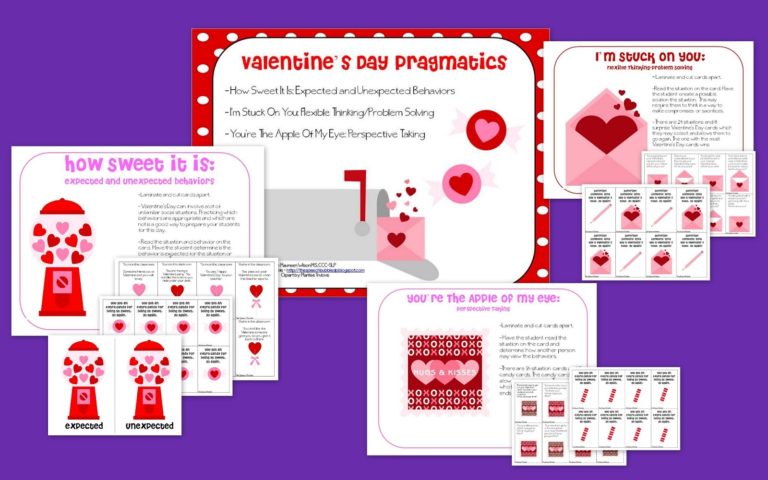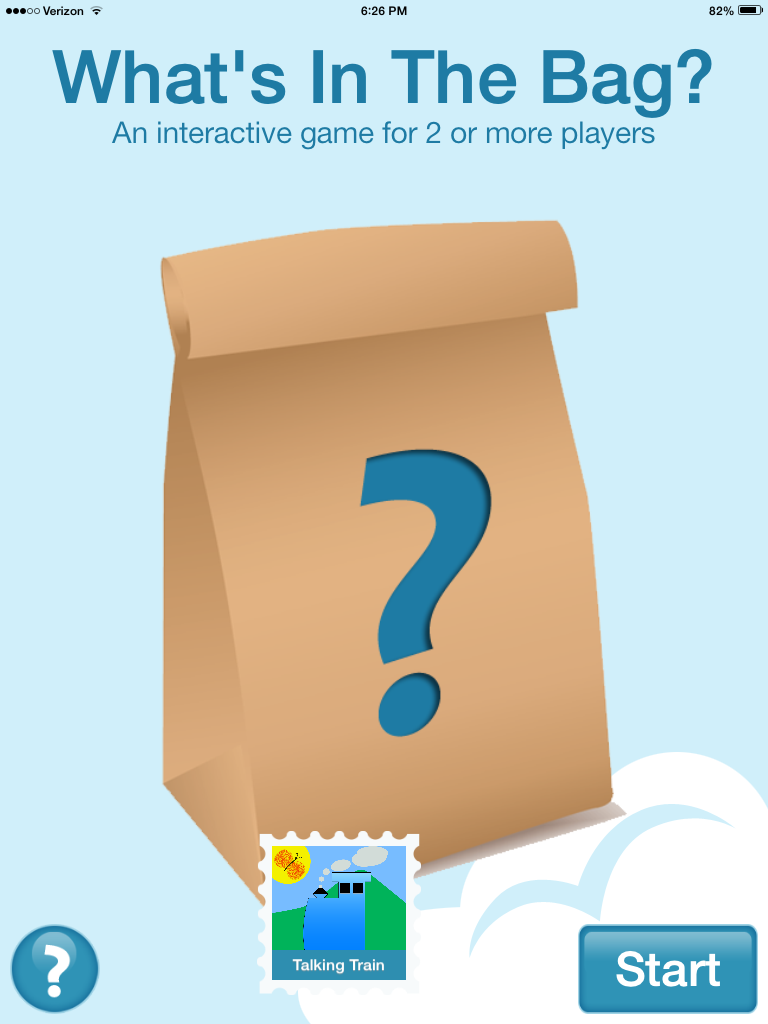We used Mad Scientist Predicting along with doing ‘The Disappearing Egg Shell’ experiment yesterday and I couldn’t wait to share it with you. I used this activity with a small group ( 2 kids )and one of my larger groups ( 10 kids ).
* I am going to take a quick detour and mention introducing an activities theme. Theme is discussed inreading and writing all the time in our student’s classes. Since the majorityof our very imaginative material creators use themes when making a packet of activities,it makes it easy to tie theme into speech, and it only takes about 5 seconds. I will hold up the cover page ofthe activity and ask them what they think the theme of the activity is. Eventhough we talk about theme every time we use an activity, I still here, “ I don’t know what a theme is.” The best wayI have found to explain theme to my students is ‘ A theme is what a story or activitytalks about or uses through the whole thing.’ I give an example such as, “ In a science fiction book the charactersand plot will all have to do with science fiction. Maybe the main character isan astronaut and he is stuck on the moon.” Then you can introduce your activity. InMad Scientist Predicting, I held up the cover page so they can see thetitle and pictures. I then ask them whatthe theme is and give them the reminder to use the title and pictures as clues. When theysay ‘Science’ or ‘Mad Scientist’, I reinforce it by telling them that since that isour theme all the pictures will have to do with science.
…and now back to ourregularly scheduled blog.
For the small group we started with the multiple choice cards and then switched to the cards without choices since as they were progressing well with the concept of predicting. I still placed the reference mat in themiddle of the table.
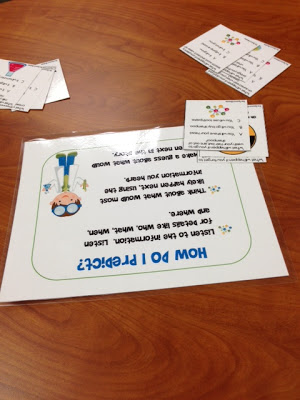
Remember, visuals are our friends 🙂
We went through and playedabout game with the cards. Some of their predictions were a bit off, but for the most part they did really well. When we had about 10 minutes left we endedour game and I introduced our experiment. I said we were going to be scientists and makea real life prediction by doing an experiment. Well this definitely peaked their interest. I got out the vinegar andTervis Tumbler, from my collection of way to many, at home. I went over the steps we were going to followto do the experiment and asked them for their prediction about what wouldhappen to the egg.
We used use the wordhypothesis to tie in the science theme, but made sure to explain ( in the simplest way ) that a hypothesis is a prediction in science. I had them writedown their predictions on a note card and I saved them for the next day. The next day when I saw this group I had themlook at their predictions again and then we looked at our egg. I poured out the vinegar and rinsed the eggbefore the kids came so. Their predictions were both incorrect, one student thought the egg would crack and other thought that nothing would happen. Neither of my students cared, they were too busy holding the egg and squeezingit and feeling it. Since the shell had disappeared, it wasn’t hard any more, it felt like ‘Jell-O’ ( per one of mykids).
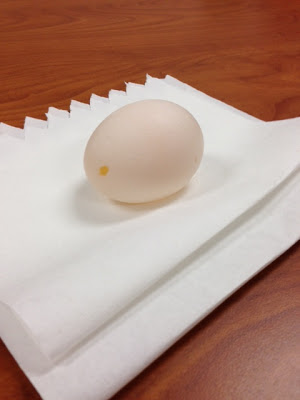
You can see the egg shell has been dissolved a bit by the vinegar, you can even see part of the yolk
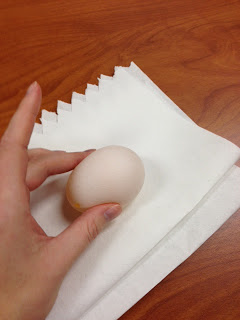
The egg now a bit ‘squishy’ or ‘Jell-O like’ as one of my kids stated. Here is a picture of the egg getting a gentle squish.
The egg from the larger group turned out better. I thinkbecause it had a few more hours to soak and it was in a covered, gladwarecontainer. I wish would have been able to take a picture of the egg from thatgroup, but it was easier to take a picture when I was working with two kids than with10. We did get to do a bit of describing of the egg before and after and ourexperiment, BONUS. While there are hands on experiments that you can send home withthis activity, for various reasons a lot of my student’s parents wouldn’t beable to do them. This was an easy, handson activity I could do with my kids to get them excited, engaged, and make reallife connections to the concept of prediction.
* Word of advice. You are using vinegar. So, if you can,leave the container with the egg in well ventilated area over night, or try andget a covered container to use. If you don’t, your room may smell a bit like you were making salad dressing.








